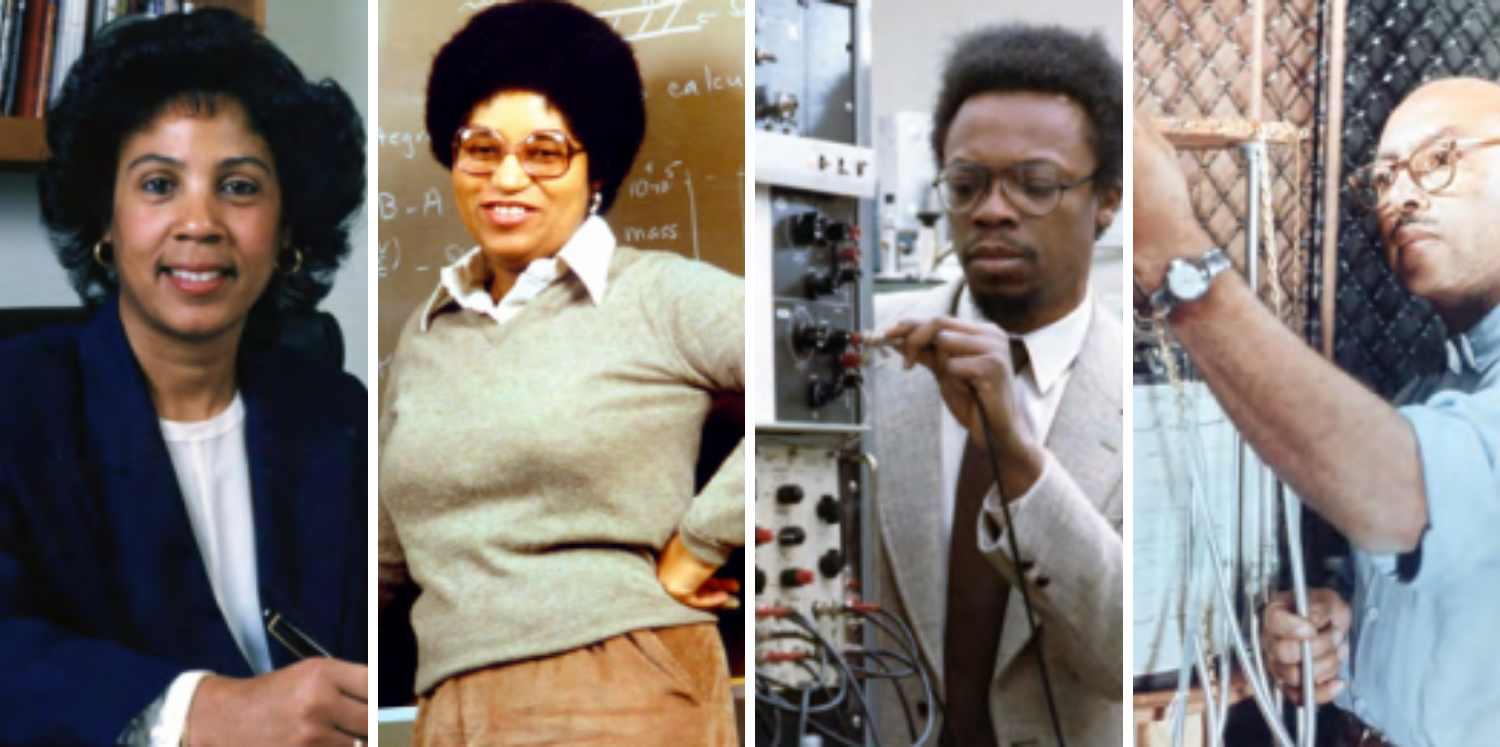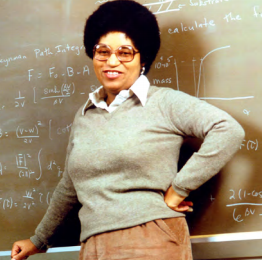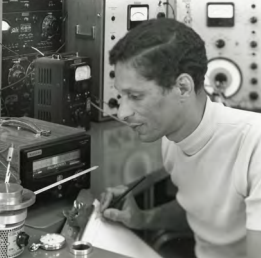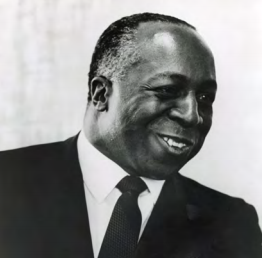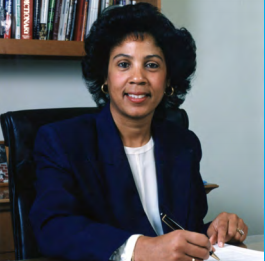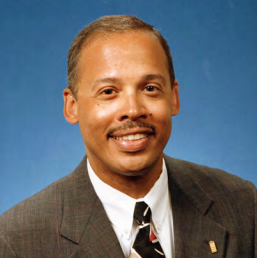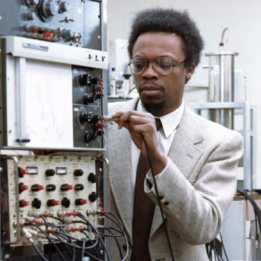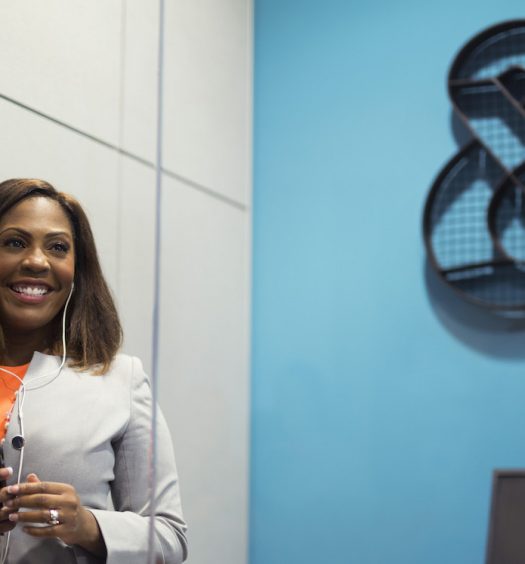In the 1800s Alexander Graham Bell hired Lewis Latimer, a Black inventor and skilled patent illustrator. Latimer helped bring Bell’s ideas to life, crafting the world’s first patent drawings of the telephone. He was the first of many Black innovators who made an impact with us and for our communities. From theoretical physicists to chemists, learn more about the Black inventors and employees who shaped our history.
Compiled by our Corporate Historian Dr. Sheldon Hochheiser, learn more about just a few of the Black inventors and employees who have shaped our history.
W. Lincoln Hawkins
The first Black scientist at Bell Telephone Laboratories in 1942, he had a long and distinguished career as a chemist. His most important innovation was as co-inventor of an additive to stabilize the plastic protective covering of telephone cables, a process that has saved billions of dollars for telecom companies around the world. In addition to 14 U.S. and 129 foreign patents, Hawkins was the first Black inventor to be inducted into the National Academy of Engineering and received the 1992 National Medal of Technology. Hawkins long served as a mentor to young minority researchers. He retired in 1976.
Shirley Ann Jackson
The first Black female Ph.D. physicist at Bell Telephone Laboratories in 1976, she did ground-breaking work in several areas of theoretical physics, including the properties of semiconductor strained layer superlattices. After leaving the Labs in 1991, she gained renown as the long-time president of Rensselaer Polytechnic Institute, a position she continues to hold in 2020.
James “Jim” West
West joined Bell Telephone Laboratories in 1957. He holds over 250 U.S. and foreign patents. The most important of these patents is as co-inventor (1962) of the foil electret microphone. Over 90% of microphones in use today are based on this invention. He has numerous contributions to acoustical science and also helped create the Corporate Research Fellowship Program for minority and female college students. West was also awarded the Bell Labs Fellow Award and the 2006 National Medal of Technology. He retired from AT&T spinoff Lucent Bell Laboratories in 2001.
Jerome B. Holland
Holland was the first Black AT&T employee elected to the AT&T Board of Directors, in 1972. He was the former U.S. Ambassador to Sweden and prior to that president of Delaware State College (now Delaware State University) and then the Hampton Institute (now Hampton University). Elected to the Board’s executive committee in 1973, he served on the Board through 1984.
Mirian Graddick-Weir
Graddick-Weir began her career at Bell Telephone Laboratories in 1981 in human factors research, and later held a wide range of positions in human resources, including identifying high-potential candidates, succession planning and international human relations. She was executive vice president of human resources and a member of the senior leadership team at AT&T Corp., 1999-2004, and then executive vice president of human resources and employee communications until her departure in 2006.
Joseph S. Colson Jr.
An electrical engineer, he joined Bell Telephone Laboratories as a researcher in 1968. From 1971 until 1987, he held a variety of technical management positions involving computer-aided testing, common channel signaling, packet switching, cellular telephony, and international switching. In 1987, he became the first Black executive director in a technical position at the Labs, as head of the switching systems performance division. In 1992, he left the Labs to become vice president of AT&T Switching Systems, U.S. division, and in 1995 the president of AT&T Affiliates Sales. He retired from AT&T spinoff Lucent Technologies in 1998.
Earl Shaw
Shaw joined Bell Telephone Laboratories in 1969 as a physicist. He accomplished ground-breaking work on non-linear optics and tunable lasers, including inventing the far-infrared free electron laser, which he took with him when he moved to Rutgers University, Newark in 1991.
We remain deeply committed to creating a culture of inclusivity. Doing so makes an impact on our business, our communities and our individual lives. Today and tomorrow, we work together to continue influencing change as innovators.
Learn more about Diversity and Inclusion at AT&T

